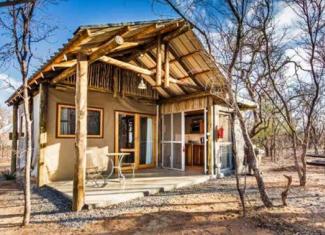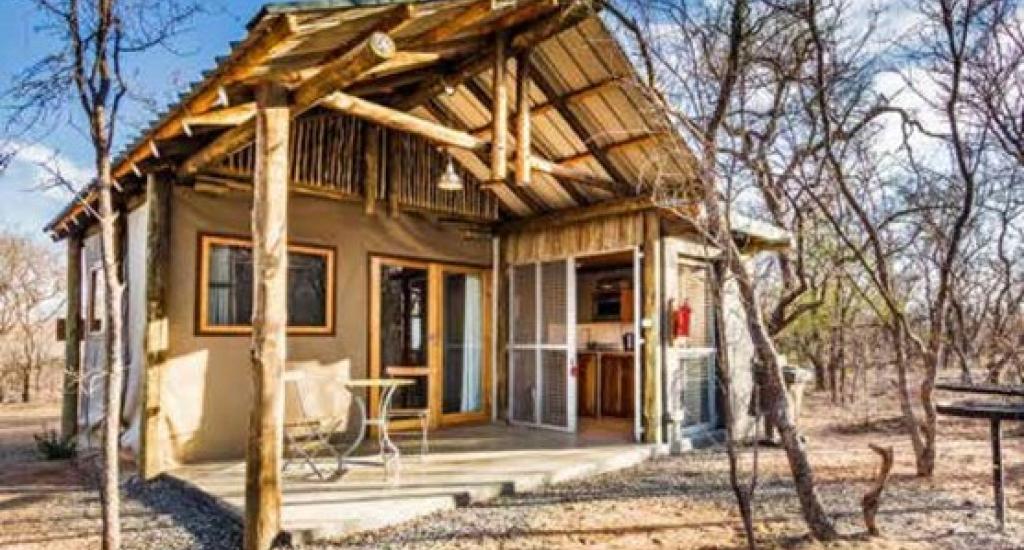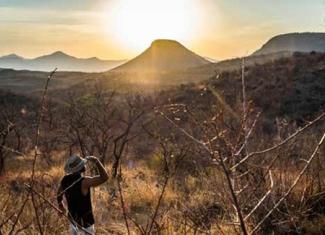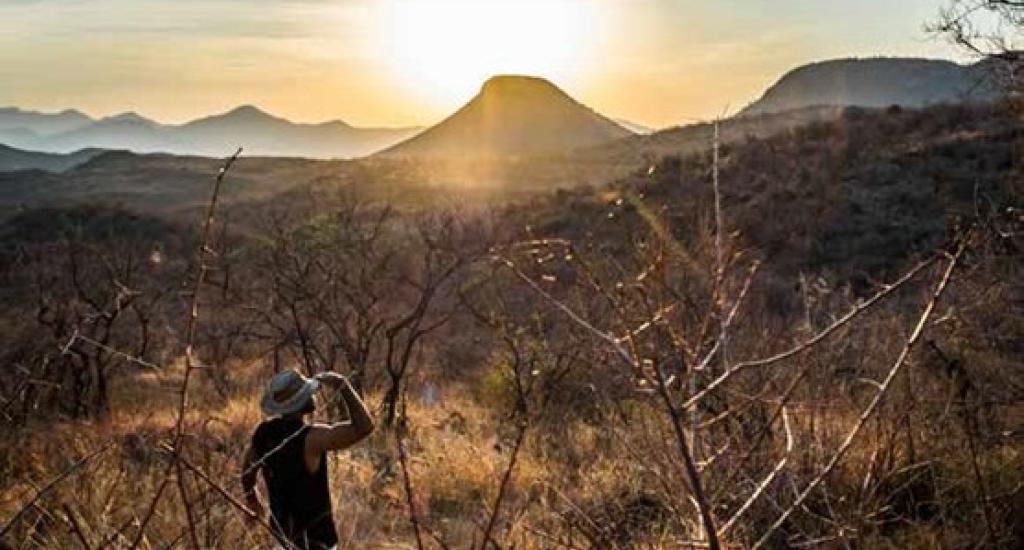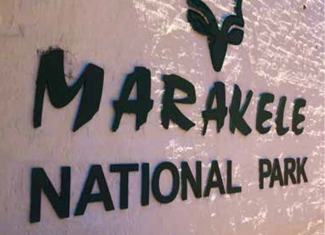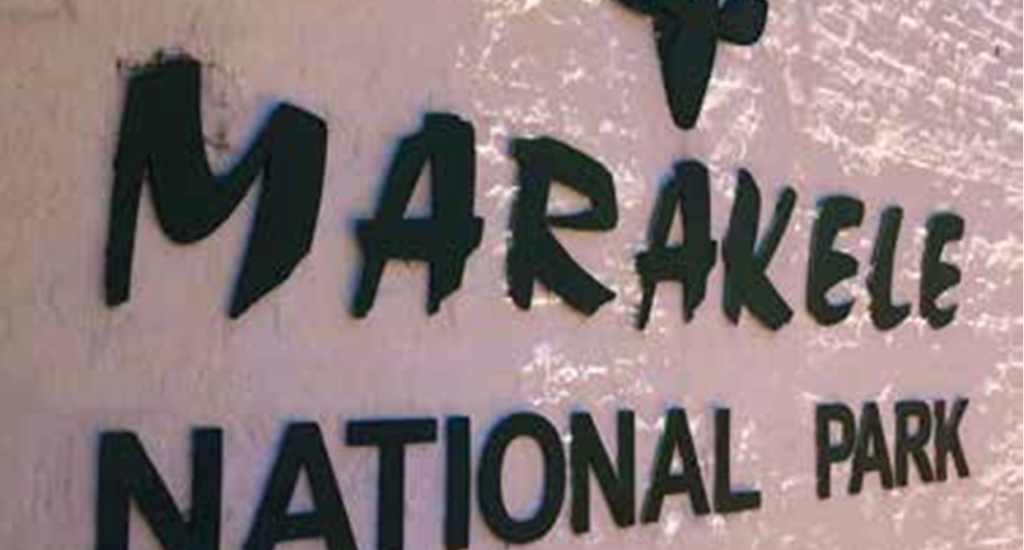A shot left to Marakele National Park
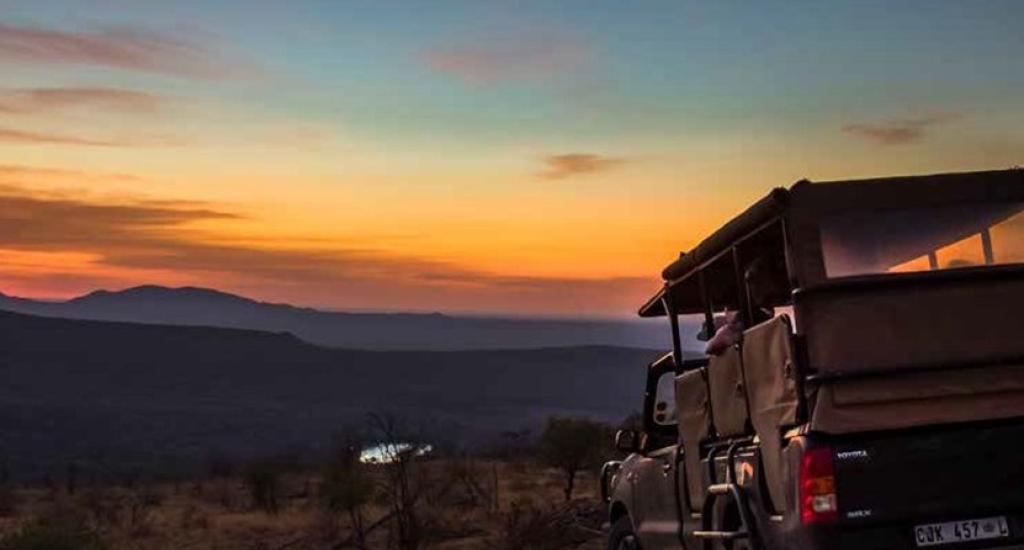
Setting foot in Marakele, right in the heart of the Waterberg Mountains in
Limpopo, allows one to discover a park like no other. Like the Setswana name suggests, “A place of sanctuary” is indeed what is to be expected.
This national park is located in the transitional zone between the dry western and moister eastern regions of South Africa, therefore, allowing for a remarkable variety of wildlife. A moderate and pleasant climate ensures an enjoyable stay, with perfect summer rainfalls keeping the worst heat at bay.
Visitors flocking here can expect a welcoming mixture of tranquility, delight and overall satisfaction – and the picturesque paradise in which the park is set forms just part of the promise. Rare yellowwood and striking cedar trees, grand mountains in the background, Cape vultures soaring through the royal blue skies, exciting mixtures of wildlife roaming the plains... certainly a bush experience unlike any other.
Natural and cultural history
- The park was first known as the Kransberg National Park when it was first proclaimed in 1994.
- The Waterberg Region was the area that the naturalist, poet and author Eugene Marais lived in and inspired such works as his renowned novel, Soul of the White Ant.
- Ramolefe Boy Moatshe has lived in the area all his life. On 4 August 1981 he survived a 15-minute bare handed fight with a leopard (that he had surprised) after taking a calf from the herd he was tending. Ten hours after the attack he made it to hospital. He spent two months in rehabilitation in the hospital.
- The park also has an abundance of iron-age sites that will be made accessible to visitors in the future.
Mammals
Marakele is home to most of the large mammals synonymous with the African bush, including elephant and leopard.
Large predators such as brown hyena, and now also lion, occur in the park.
Resident antelope include, sable, kudu, eland, impala, waterbuck, tsessebe and many smaller species. Chacma baboon and vervet monkey are two species to be watched carefully for mischief, particularly around the rest camps.
Birds
Arguably, the Park’s biggest birding attraction is the largest colony of Cape Vultures in the world (around 800 breeding pairs). However, the park is also appealing to birders as it falls within the transition zone between the dry western regions and the moister eastern regions of the country.
Thus, it is possible to see certain closely related species alongside one another. These include (eastern species first) Southern Boubou and Crimson-breasted Shrike, Arrow-marked and Southern Pied Babbler, Tawny-flanked and Black-chested Prinia, Pin-tailed and Shaft- tailed Whydah, Dark-capped (Black-eyed) and Red-eyed Bulbul, Grey and Cape Penduline Tit and White-browed and Kalahari Scrub Robin.
The park is an excellent place to look for raptors, with many species using the uplift generated off the cliff faces of the Waterberg to ride thermals.
Apart from the vultures, visitors should look for African Harrier Hawk (Gymnogene), Jackal Buzzard and several eagle species, including Verreaux’s (Black), African Hawk, Black- chested (breasted) Snake and Brown Snake Eagle. In summer, Wahlberg’s Eagle becomes prominent. Rock Kestrel are prominent on the mountain plateau, while Peregrine and Lanner Falcons should be watched for.
On areas of high ground Cape Rock Thrush, Buff Streaked Chat, Mocking Cliff-Chat; Mountain Wheatear, Cape Bunting, Malachite Sunbird, Lazy and Wailing Cisticola, Gurney’s Sugarbird and Swee Waxbill should be searched for.
Other species to look out for in the lower lying bushveld and broadleaf woodland regions include Purple Roller, Black Cuckoo-shrike, Brubru, Southern White-crowned Shrike and White Crested Helmet- shrike and the exquisite Blue, Violet-eared and Black-cheeked Waxbills.
Bee-eaters are conspicuous, particularly White-fronted and Little with Swallow-tailed (winter) and Carmine and European (summer) present as well. The Matlabas River (formerly home to the Tented Camp, but now
only accessible from the Hoop- dal Road) can be scanned for signs of Half-collared Kingfisher and African Finfoot.
From the relocated tented camp, now called Tlopi, water birds have a different profile.
Black Crake may be seen in the rushes just in front of the units. A steady stream of woodland species uses the foliage around the safari tents to drink from the water’s edge. At night Freckled and Fiery-necked Nightjars and
Spotted Eagle and African Scops Owl compliment the pulse of crickets and cicadas.
Activities
Visitors can enjoy activities, in- cluding 4X4 trails, birding, bush braais, game drives and guided tours.
Daily conservation fees
From 1 November 2024 to 31 October 2025, South African citizens pay R70 per adult and R35 per child, while SADC nationals pay R141 per adult and R70 per child, and international citizens (non-South African) pay R293 per adult and R147 per child.



